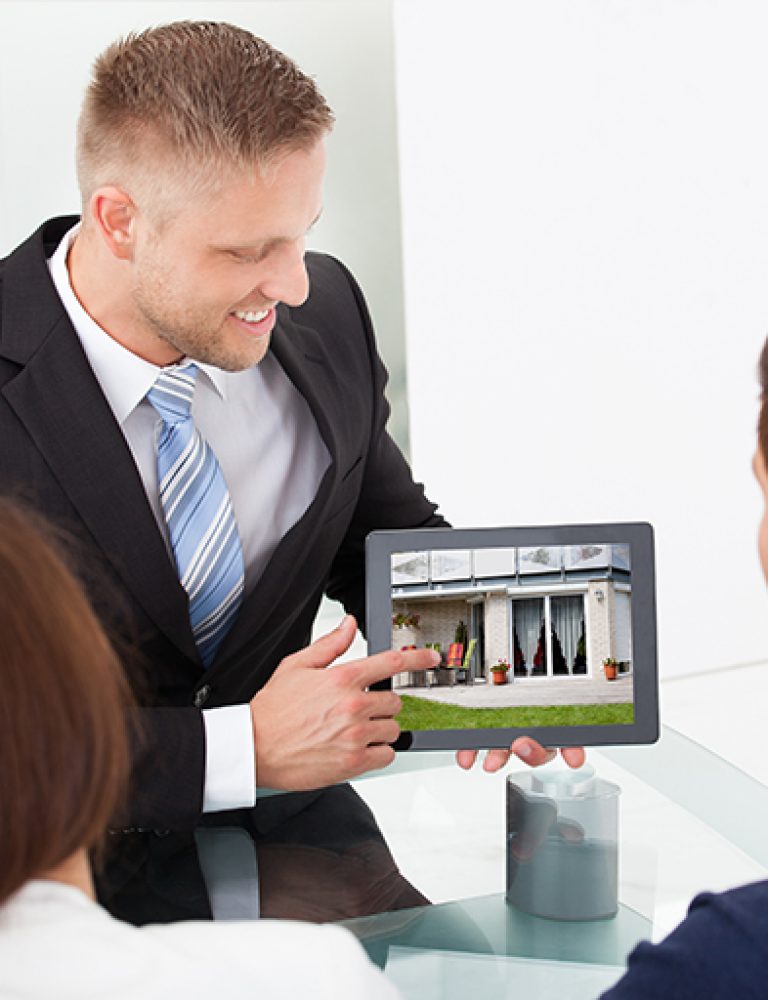The importance of retail stores can be seen with the emergence of new stores every year. NRF forecasts that retail sales in 2019 will increase between 3.8% and 4.4% to more than $3.8 trillion. The reason why people still go out to shop at brick and mortar stores in spite of online shopping portals, is because online shopping cannot fulfill the element of touch & tactile feel and human interaction.
This human interaction has to be nurtured in order to result in a pleasant shopping experience for the customer and subsequent job satisfaction for the salesperson.
How do you ensure that your retail staff provides a good shopping experience?
Through retail training of course.
Having a presentable, polite and well-informed staff can keep those customers coming back to you. The frontline employees working in stores are likely to meet with a number of customers each day.
Take a departmental store for example, where hundreds of people walk in every day. Your retail staff interact with them and help them make purchases, assisting them in their buying journey. So, it is important for your workforce to know and understand your product and your company goals.
To nurture your staff and turn them into valuable employees, they need to be trained in every discipline of sales. The retail industry directly employs 29 million Americans, making it the largest private sector employer in the U.S. economy.
Did you know that 1 in 4 of America’s working teenagers works in retail?
Now how do you provide effective retail training to this workforce?
Here are some effective ways to make your retail training more impactful:
1. Provide Mobile-based training
Retail staff have to be ever-present at the store, where they have to assist customers in purchasing products and answer their queries. Store managers cannot have them attend retail training sessions and leave the store unmanned.
Designing a mobile-based retail training for frontline staff has the following benefits:
- Microlearning modules provide a quick reference to product/service information
- Employees can learn more about the online software used to manage inventory
- Flexible learning opportunity
- Instant access to courses
Related: How to Empower Frontline Employees with Mobile Training
2. Keep it Simple
Putting in a lot of technical stuff and jargon is not going to make your training module impressive. Rather it will dissuade the staff from pursuing the course. Design a training module that is simple and easy to understand and ensure that it covers all the necessary information without appearing like an information overload.
Guide:
How to Create Mobile-Friendly Training Content
3. Use Easy-to-Remember Modules
The retail staff is usually busy attending customers or performing some other in-store duties. They do not have a lot of time at hand to go through extensive notes. So, create short information nuggets which can provide just-in-time information when needed. Present them in such a way that employees find them easy to remember.
Related: 5 Ways to Create Effective Interactive Training Content
4. Product Training
Each of your retail staff must have a good understanding of the product they are selling. This is an area you need to specifically focus on. When customers have a query related to a product, your staff must be quick to respond. If they appear ill-informed, it will affect your brand image.
People these days are quick to post their grievances and complaints on social media. One negative post could dissuade people from coming to your store. Create an engaging product training module that outlines all the specifications and details of the product. You could also equip your staff with a tablet that has a slide-show of the product specifications which they can show to the customer.
5. Get Customer Feedback and Design the Training Program
Before a customer leaves the store, ask them for a feedback. You can do this with the help of a checkbox-based form. You can include questions asking them if they are satisfied with the customer service, whether they found what they were looking for, if the salesperson was helpful and knowledgeable etc.
Collecting this information will help you find the areas which needs to be worked upon, and you can design the training module focusing on improving that area.
6. Focus on Customer Experience
Customers can be difficult at times. But it won’t do good to have your staff losing their temper in front of them. Retail training program must include a module on soft skills training. You need to train them on the importance of patience and listening skills. Teach your staff to establish a connection with the customer, to understand what they need and help them find the right product.
7. Use Blended Learning
Blended learning is a mix of instructor-led training and online learning. We earlier stated in the first point that it won’t be feasible to have employees to leave the store and attend training sessions.
You can perhaps plan it in batches and have small sessions of instructor-led training, where an external professional or the store manager can provide the staff with useful sales tips. Employees can ask questions and maybe even role play scenarios for better understanding of sales techniques and customer behavior.
8. Gamify the Learning Process
Gamifying the retail training will ensure that the staff is keenly interested in completing the courses and scoring high points. It provides a sense of achievement. Earning a badge or a point after every course or test compels them to better their performance in the next module. That’s how gaming works.
It gives you incentives to motivate you to play more. You can provide a certificate of accomplishment once the employee completes the training, this will motivate them to perform well at their job.
9. Show What Your Competitors Are Doing Right
This is an interesting practice. You can include few examples of your competitors’ sales techniques. There’s no harm in adopting positive practices. If it benefits your business, then you might as well implement those techniques to improve your sales. With ten different stores in your vicinity that sell similar products that you offer, you would need to work hard on creating an excellent workforce who would increase your sales.
10. Apply the Knowledge Gained and Test Effectiveness
Once the employees complete the course, how do you ensure that the training has been effective? You can either test the employee knowledge through online assessments embedded in the training module, or you can let the employees apply their learnings in real-time while the supervisor monitors their performance. Both the strategies will give you real-time information of how effective the training program was.
Related: Employee Training Metrics: 7 Ways HR Experts Use Them
Conclusion:
An effective retail training program is where the staff can recall the required information instantaneously. If not, then they always have access to just-in-time information on their smartphones and thus avoid appearing ill-informed.
The retail staff must be able to address all customer queries and help them make the right choices. Creating a training program which includes and focuses on all the above-mentioned criteria will help you in developing a well-trained and well-informed retail workforce.
Related: The Best Online Corporate Training Platforms for 2019
DISCOVER HOW A MOBILE-FIRST TRAINING PLATFORM CAN HELP YOUR ORGANIZATION
Kitaboo is a cloud-based platform to create, deliver & track mobile-first interactive training content.
You May Also Like
-
8 Advantages of Using a Cloud-based Platform for Sales Training
Employee Training / December 13, 2023
-







